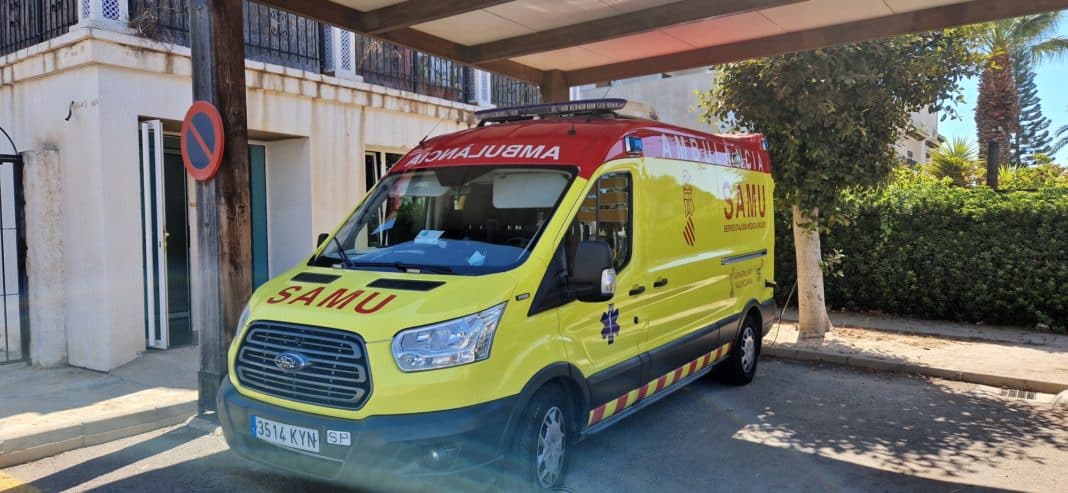The Valencia regional Ministry of Health has awarded the medical transport service to the union, UTE Ambulancias Ayuda, which brings together a total of seven companies to provide the improved service.
Specifically, the companies that make up the union are Ambulevante, Ambulancias Autónomas, Ambulancias Ayuda, Alquiler Car Luxe, Ambulancias CSA, Ambulancias Edetanas and Transvia SL., who were the only applicants to the 366 million euro tender.
Practically all the companies that are present in the UTE repeat the current contract, which was also awarded to a union under the same name. The award process was resumed a few weeks ago, when the Central Administrative Court of Contractual Resources (TARC) lifted the suspension of the contest, which was appealed by two organisations as they disagreed with the specifications.
According to the Ministry of Health, the new ambulance contract will allow an increase in the different health transport units, and, thanks to this new contract, the Valencian Community will have more transport units and the hours will be extended in many of them.
In this sense, both the SAMU and the Advanced Life Support with Nursing will increase the hours of 7 units, which will go from providing service for 12 hours to acting 24 hours a day. Thus, of the 53 units in the Community, 7 of them extend their hours to offer greater coverage. Of course, the problems of providing doctors to staff these units remains.
On the other hand, the number of Basic Life Support Units (type B) is increased, and 7 new units will provide this service. Of these 7 new units, 3 of them will serve 12 hours and the other 4 units will operate 24 hours a day. In addition, 6 existing units will start operating 24 hours a day. In the case of this type of transport, the Community will have 109 vehicles compared to the current 102.
Thus, in the case of non-urgent unassisted medical transport, type A ambulances, the new tender will increase the number of this type of ambulance by 61, 51 of which will provide service in the different Health Departments and 10 will be for public use. Therefore, the Community will go from having 354 type A ambulances to having a fleet of 415 vehicles of this type, which are mainly responsible for transporting patients.





